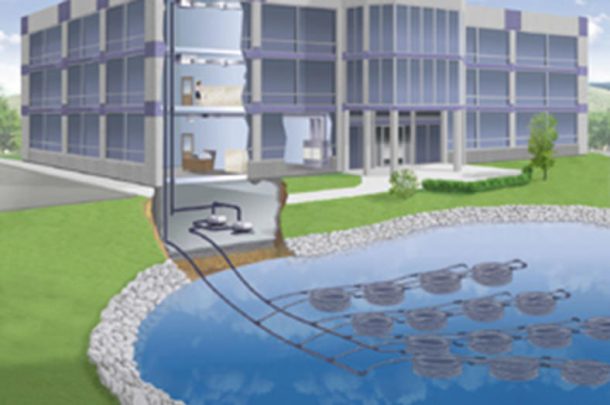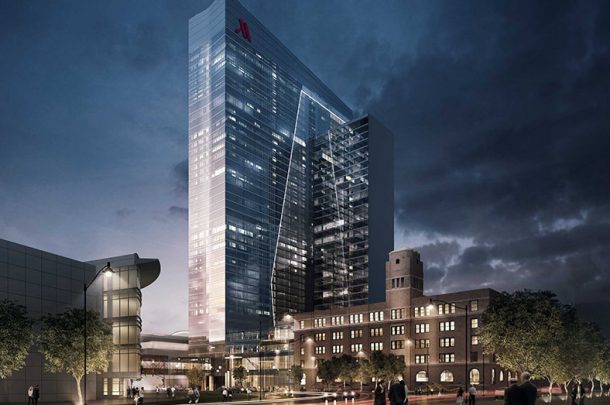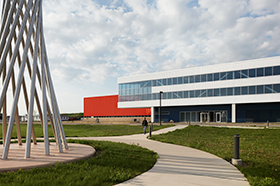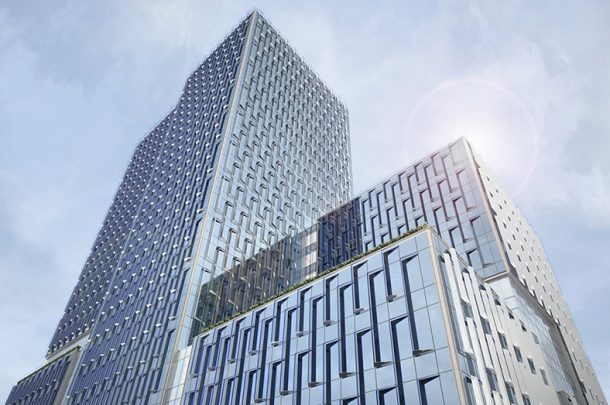
Buildings account for around 48% of energy and 45% of CO2 emissions produced in the United States [1]. Given the need for immediate and continuous action to address climate change as outlined in the International Panel on Climate Change (IPCC) Fifth Assessment Report, improving building energy efficiency will continue to be a major opportunity to reduce greenhouse gas emissions [2]. Innovations to building technologies are constantly being developed and adopted, in concurrence with the publication of new building energy codes, which are becoming increasingly stringent over time (see figure below). As codes require new buildings to adopt more and more energy efficient measures, the average energy use intensity (EUI) of buildings is expected to decrease with each iteration.

Image courtesy of Urban Green Council
(https://www.urbangreencouncil.org/content/news/new-energy-code-means-big-efficiency-gains-city-and-state)
Additionally, many building owners are desiring more from their buildings than minimal functionality. In response, the options for commonly used ‘green building’ certifications in recent years have expanded beyond LEED certifications to include the Green Building Initiative, Living Building Challenge, WELL Building Standard, and PassiveHouse, to name a few. While the sustainability goals of these standards range from resource consumption reduction (water, waste, and construction materials) to occupant comfort and health, the reduction of energy use is perhaps the most ubiquitous benchmark. The logical goal that many in the building industry have converged upon is that buildings should eventually be constructed to operate with net zero energy use.
Simply put, a net zero energy building is one that produces as much on-site energy as it consumes in the span of a year. While it may not generate enough energy for itself at all times, it must sell enough energy back to the grid in order to make up the difference. The basic formula to achieve net zero involves the following strategies:
- Drastically increase a building’s designed and operational energy efficiency.
- Install enough renewable energy generation capacity to meet remaining energy demand.
While these goals can certainly be ambitious, they are already achievable in many cases and will only continue to become more viable.
HOW ACHIEVABLE IS NET ZERO ENERGY?
Achieving net zero energy is not without its challenges. A building that is designed with too high of a starting EUI may require a renewable energy system too large to be feasible for the site. Additionally, some buildings may be able to achieve net zero one year and fall short another due to changes in operation or occupant behavior. Maintaining net zero performance requires a high level of participation and enthusiasm from design architects and engineers, as well as operators and occupants, all throughout the building’s life. It requires a highly collaborative process through all stages of a design and operation. Engineers and architects must work from the onset to ensure that all major decisions are being informed by their impacts to energy usage. Passive design features must be optimized to work in cooperation with building systems, and energy conservation measures should not be viewed as isolated upgrades, but as integrated measures in a wholistic design.
Addtionally, the question of cost is always a concern for developers. While the initial perception is often that net zero energy buildings must cost an exorbant amount to build, that idea is not necessarily true in practice. Many energy efficiency technologies are becoming much more affordable as they are adopted more frequently. LED lighting, for example, has seen major cost reductions in just the last few years and has been shown to significantly reduce a building’s lighting energy demand [3]. Renewable energy has also seen drastic cost reductions in recent years, making it competitive with the cost of electricity and other fossil fuels [4,5]. Some project teams have also begun to utilize more comprehensive methods of considering capital costs of these upgrades that employ “innovative strategies in procurement, integrated design, streamlined construction, and operational accountability;” this has resulted in an increasing number of net zero energy projects that have sustained typical project budgets [6]. Of course, this is all in addition to the potential savings in utility costs that net zero energy buildings can see throughout their operation.
Over 300 net zero energy buildings have been constructed in the U.S. as of 2016 [7], and while net zero is by no means an industry norm, there are reasons to be optimistic about the future of net zero buildings. Many groups throughout the building community have made commitments for 2030 as the target year for constructing new buildings that achieve net zero energy [8,9,10]. As that deadline nears, more buildings will continue to successfully meet their net zero goals, and useful energy consumption data from a larger sample size will no doubt be a valuable resource for continuing research. Likewise, as net zero buildings carve out a larger share of the building space, stakeholders will be able to have more confidence in their ability to pursue net zero energy as an achievable goal.
As countries keep looking for ways to lower their carbon footprints, building energy usage will only become a more important part of these efforts. While research has also begun turning to other impacts of buildings, like the embodied carbon of building materials [11], net zero buildings currently exemplify a low-carbon ideal for building design. They will no doubt be an essential part of the future of green buildings moving forward.
SOURCES
[1] http://architecture2030.org/buildings_problem_why/
[2] https://www.ipcc.ch/report/ar5/
[3] http://ma-eeac.org/wordpress/wp-content/uploads/MA-Task-5b-LED-Incremental-Cost-Study_FINAL_01FEB2016.pdf
[4] http://www.irena.org/publications/2018/Jan/Renewable-power-generation-costs-in-2017
[5] https://www.iea.org/renewables/
[6] https://www.nrel.gov/docs/fy14osti/61365.pdf
[7] https://newbuildings.org/resource/2016-list-of-zne-buildings/
[8] https://www.aia.org/resources/6616-the-2030-commitment
[9] http://www.2030districts.org/about-network
[10] http://2030palette.org/
[11] https://doi.org/10.1080/09613218.2014.935575






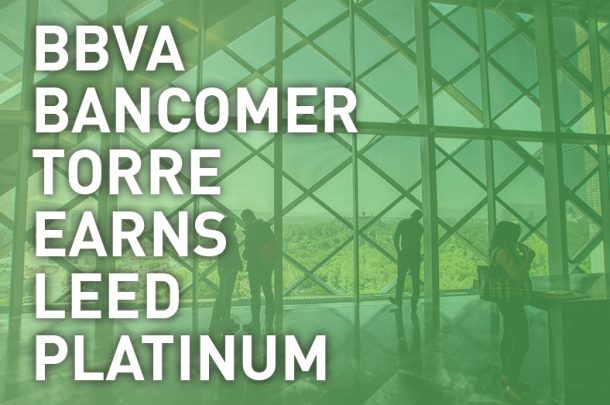
 BBVA Bancomer Torre Earns LEED Platinum
BBVA Bancomer Torre Earns LEED Platinum 

